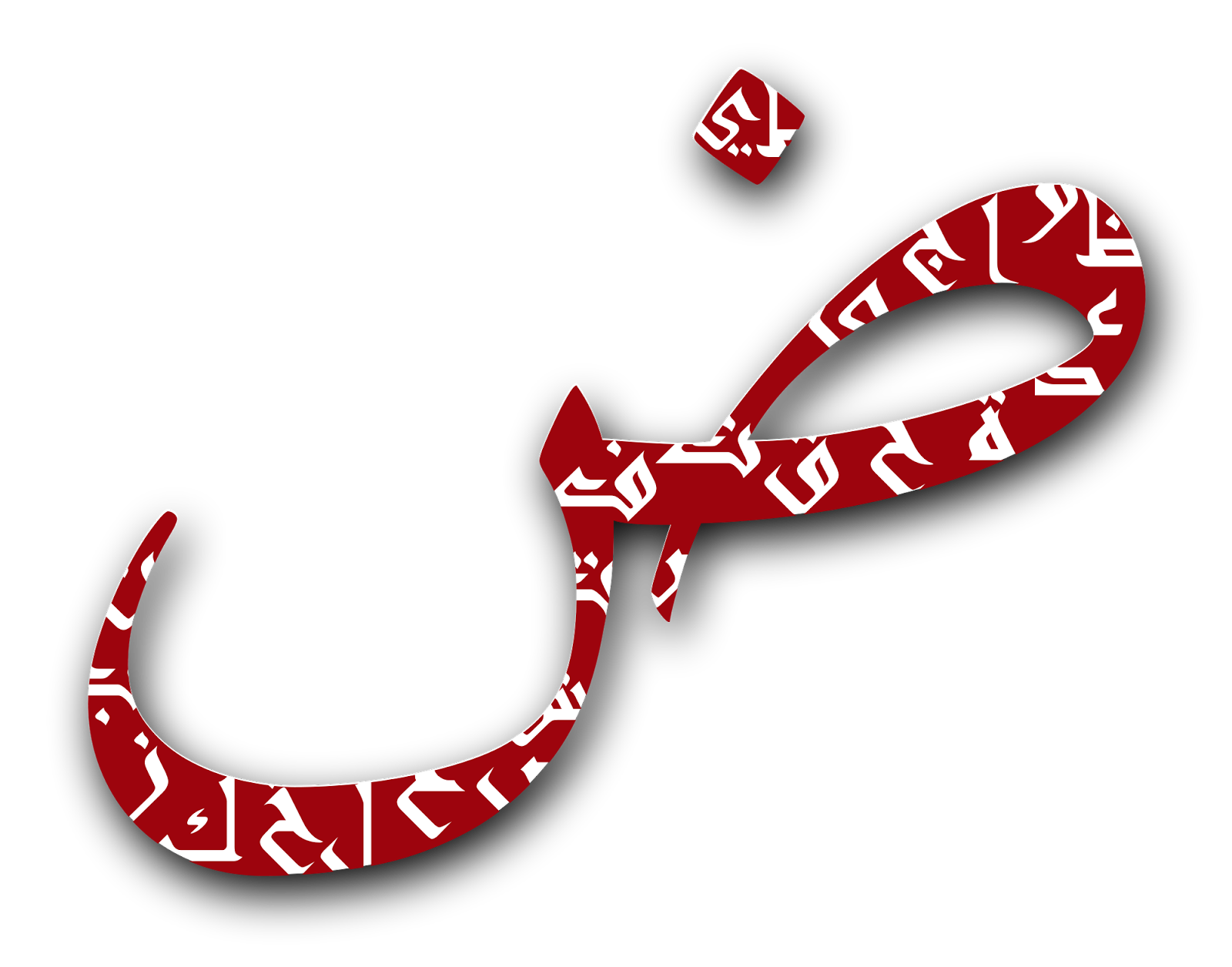I came across this answer on r/askhistorians:
The grandparent of Arabic script is the Aramaic alphabet (strictly speaking, it’s an abjad rather than an alphabet, since it only has consonants). Surviving early examples of Aramaic are “blocky”:
https://commons.wikimedia.org/wiki/File:Stele_Salm_Louvre_AO5009.jpg
However, there are joined curvy versions of Aramaic script:
https://commons.wikimedia.org/wiki/File:Peshitta_(1).jpg
Many alphabets (and abjads) have two forms like this: a blocky form, often preferred for carved inscriptions, and a cursive (joined and often curly/curved) form often preferred for writing with a pen or brush. We see blocky and cursive forms of Greek:
and Latin:
As noted above, Aramaic is the grandparent of Arabic. The parent is Nabatean:
https://commons.wikimedia.org/wiki/File:Nabatean_kingdom_language_scripts.jpg
The answer to why Arabic script is cursive is simple: its direct ancestor is a cursive version of Nabatean.
The use of cursive Arabic for writing with a pen is not unusual; this is a feature of many scripts. What is more unusual is a adaptation of the cursive script for carved inscriptions:
https://commons.wikimedia.org/wiki/File:DSC07601_-_Merida_Museen_(28107819291).jpg
https://commons.wikimedia.org/wiki/File:Dawadariyya3.png
https://commons.wikimedia.org/wiki/File:Arabic_inscription_in_Jaffa_2_rows.jpg
https://commons.wikimedia.org/wiki/File:Qutb_Minar_Minaret_Delhi_India.jpg
Square versions developed, which suit some applications well, such as tilework:
https://commons.wikimedia.org/wiki/File:Jame_mosque_yazd_tilework.jpg
https://commons.wikimedia.org/wiki/File:Meknes_Medersa_Bou_Inania_Calligraphy.jpg
Fundamentally, Arabic script developed in an environment where the pen was important. If carving stone/wood or impressing on clay tablets were the usual methods of writing, Arabic script might have been quite different. The widespread adoption of cursive scripts was almost certainly due to new writing technologies: pen and a suitable material for writing on. In many cases, the “carved” remained in common use for important manuscripts, with the cursive form being an informal script. For Arabic, with a cursive ancestor, the cursive form was pervasive, as seen by the sculptural examples above. These carved examples were auxiliary - the main mode of writing was the pen. As stated in a hadith "The first thing God created was the pen.,
For more on the origins of Arabic script and the cursivisation of its ancestors, see:
Saad D. Abulhab , “Roots of Modern Arabic Script: From Musnad to Jazm”, 2007. https://academicworks.cuny.edu/cgi/viewcontent.cgi?article=1048&context=bb_pubs
Btw Arabic is an impure Abjad.

It probably evolved from the type of pen / brush used and the relatively early and ubiquitous explosion of calligraphy in arabic writing